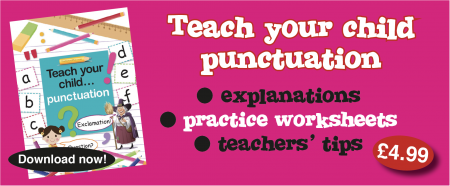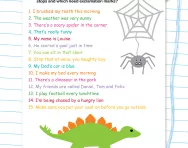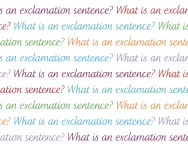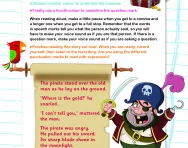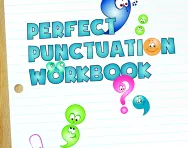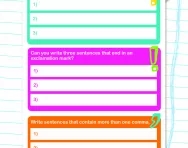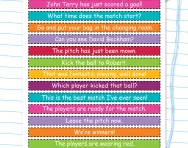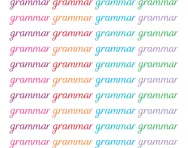TheSchoolRun.com closure date
As we informed you a few months ago, TheSchoolRun has had to make the difficult decision to close due to financial pressures and the company has now ceased trading. We had hoped to keep our content available through a partnership with another educational provider, but this provider has since withdrawn from the agreement.
As a result, we now have to permanently close TheSchoolRun.com. However, to give subscribers time to download any content they’d like to keep, we will keep the website open until 31st July 2025. After this date, the site will be taken down and there will be no further access to any resources. We strongly encourage you to download and save any resources you think you may want to use in the future.
In particular, we suggest downloading:
- Learning packs
- All the worksheets from the 11+ programme, if you are following this with your child
- Complete Learning Journey programmes (the packs below include all 40 worksheets for each programme)
You should already have received 16 primary school eBooks (worth £108.84) to download and keep. If you haven’t received these, please contact us at [email protected] before 31st July 2025, and we will send them to you.
We are very sorry that there is no way to continue offering access to resources and sincerely apologise for the inconvenience caused.
What is an exclamation mark?
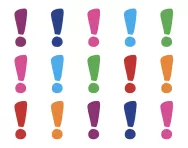
What is an exclamation mark?
An exclamation mark is a punctuation mark which looks like a straight line with a dot underneath it. It is used to show that an exclamation, an interjection or a statement sentence has finished.
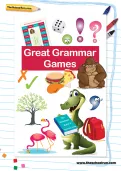
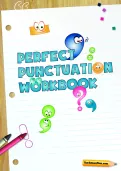
Download Fantastic FREE Grammar Resources!
- Perfect Punctuation Workbook
- Grammar Games Pack
- PLUS 100s of other grammar resources
An exclamation sentence starts with ‘What’ or ‘How’ and ends with an exclamation mark. For example:
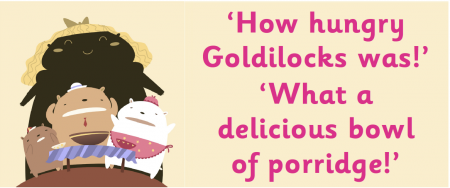
For the purposes of the primary curriculum, children in Key Stage 1 are taught to punctuate exclamation sentences using an exclamation mark at the end, and will be expected to demonstrate this knowledge in the KS1 SATs grammar paper at the end of Year 2.
As children progress through school, they will be encouraged to punctuate some statements and interjections with exclamation marks as well. Exclamation marks are used at the end of statements when a strong emotion is being expressed (good and bad – surprise, excitement or delight, but also anger, fear or shock), and tell a reader to add emphasis to a sentence.
They might also suggest that a speaker is shouting. For example:
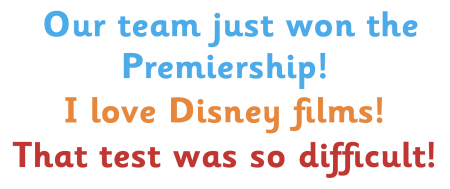
What is an interjection?
An interjection is a word on its own, or used as part of a sentence, that expresses sudden emotion such as surprise, joy or enthusiasm. Interjections are usually used at the beginning of a sentence, and when used on their own can be a sentence in their own right. For example:
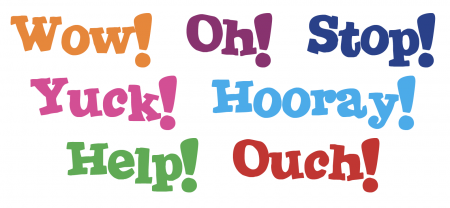
When are exclamation marks taught in the primary classroom?
Exclamation marks in their most basic form (at the end of exclamation sentences) are taught first in Year 1, at the same time as children are taught the difference between ‘yelling’ ‘telling’ and ‘asking’ in writing. Children will be taught to demarcate an exclamation sentence that starts in ‘How’ or ‘What’ with an exclamation mark.
Further emphasis is placed on exclamation marks again in Year 2, when children will be expected to identify exclamation sentences for the KS1 SATs, and be able to punctuate them accurately along with commands and questions. Here is an example of an SATs-style exclamation mark question:
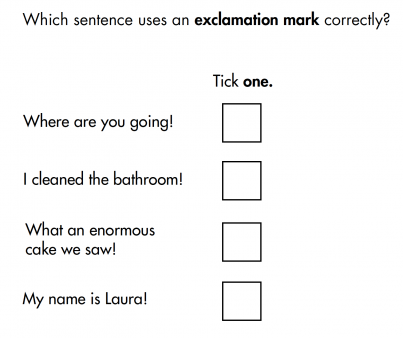
Throughout the rest of their time at primary school, children’s knowledge of exclamation marks will be reinforced (from Year 3 onwards they will be using exclamation marks in direct speech punctuation).
Children will again be tested on their ability to demarcate questions, exclamations and statements accurately in the KS2 SATs Spelling, Punctuation and Grammar test.
It is not an explicit requirement for children to be able to write exclamation sentences or use exclamation marks within their writing to reach age-related standards, however most teachers will expect to see them used accurately in children’s writing once they reach upper Key Stage 2.
How are exclamation marks taught?
During Year 1, exclamation marks will usually be taught through drama and reading aloud.
From Year 2, children will be expected to understand exclamation sentences and use exclamation marks in their written work. The use and identification of exclamation marks is usually part of the grammar objectives of an English lesson.
